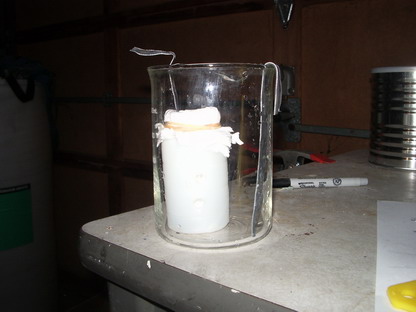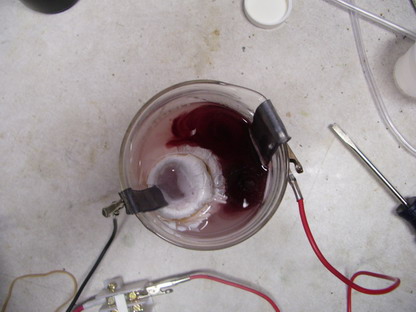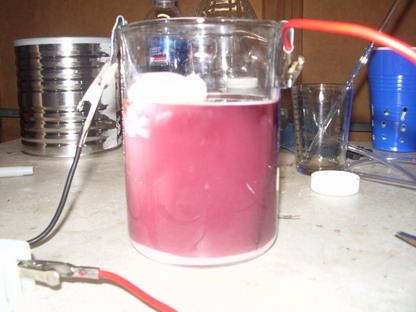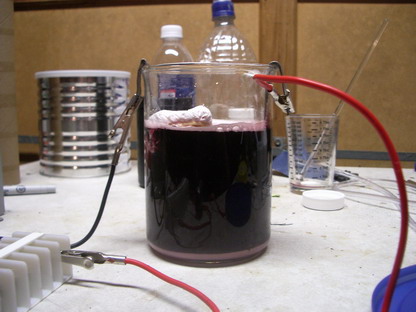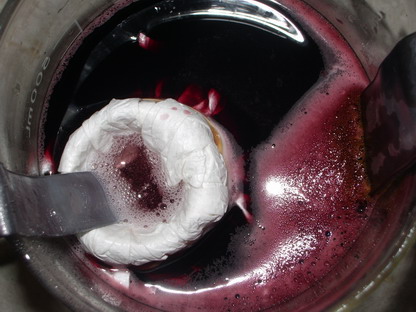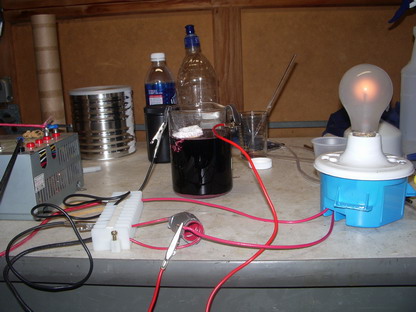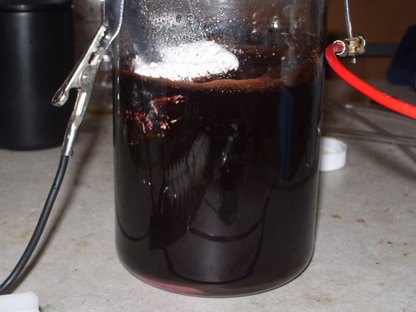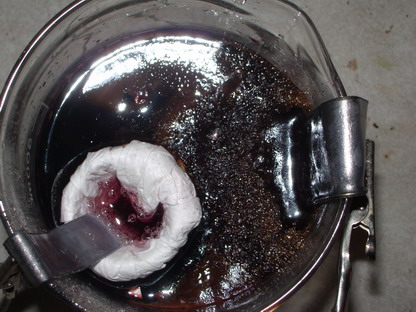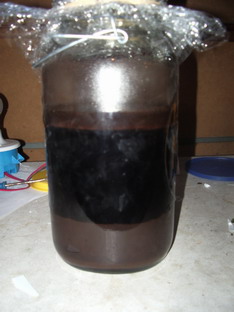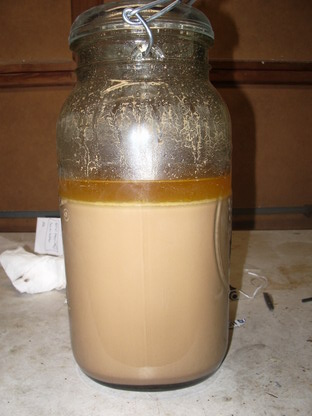
--------------------
Source Material PricePerPound Shipping Purity PercentMetal
CC MnCO3 5.80 15usd/15lb 100% 45-47%
CC MnO2 1.50-.8 15usd/15lb 96.8-81% 51-55%
1-5% Fe2O3
1-5% SiO2
1-7% Al2O3
0.2-2% BaO
EBay MnO2 3.99 5.99usd/1lb 99% 63%
--------------------
My question is this: As one can see, the cheapest source of manganese per mol is the manganese dioxide from "Columbus Clay" at 1.50usd for one pound, and eight dollars for ten pounds. However, the manganese dioxide is, at worst, 81% pure, with Fe2O3 and Al2O3 making up the most relevant impurities. Would either of these compounds or their respective sulfates negatively impact the performance of a MAA cell?
Thanks!


 ....if a reaction like that might possibly have
similar usefulness
....if a reaction like that might possibly have
similar usefulness 
